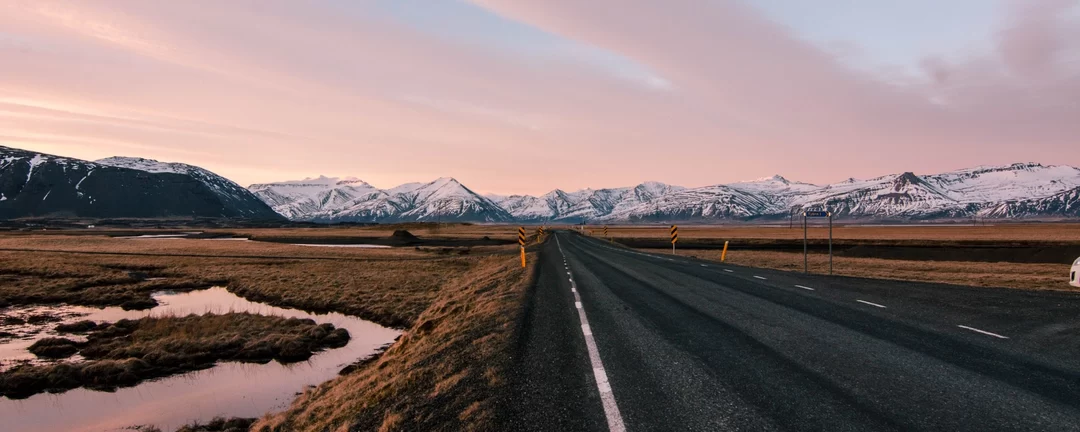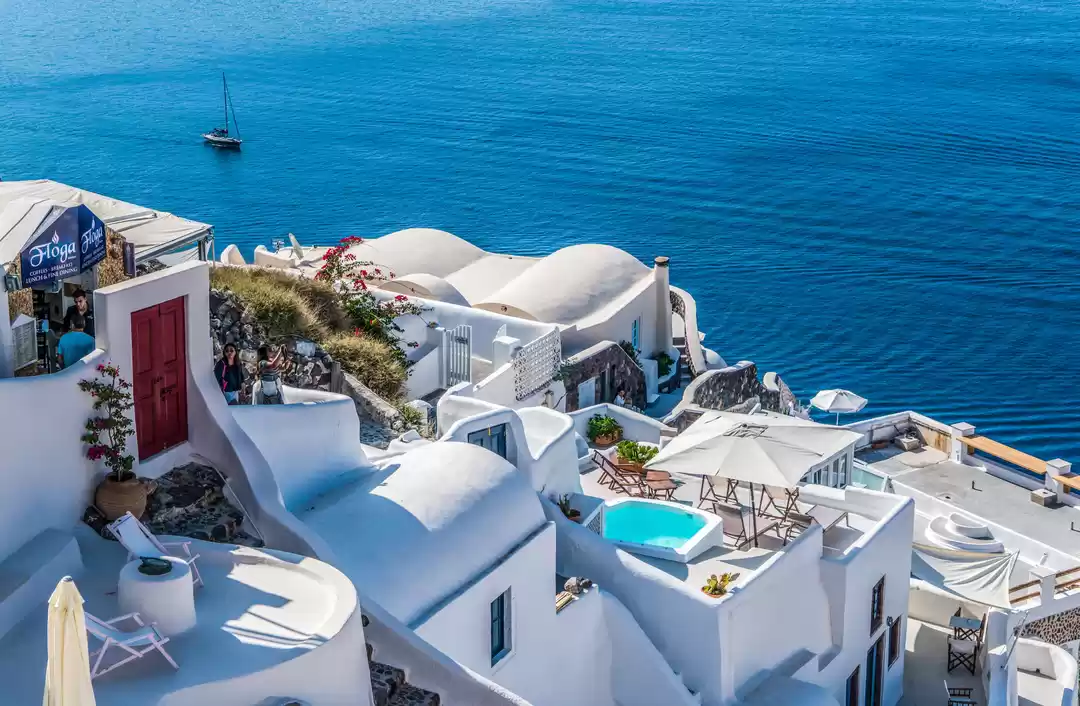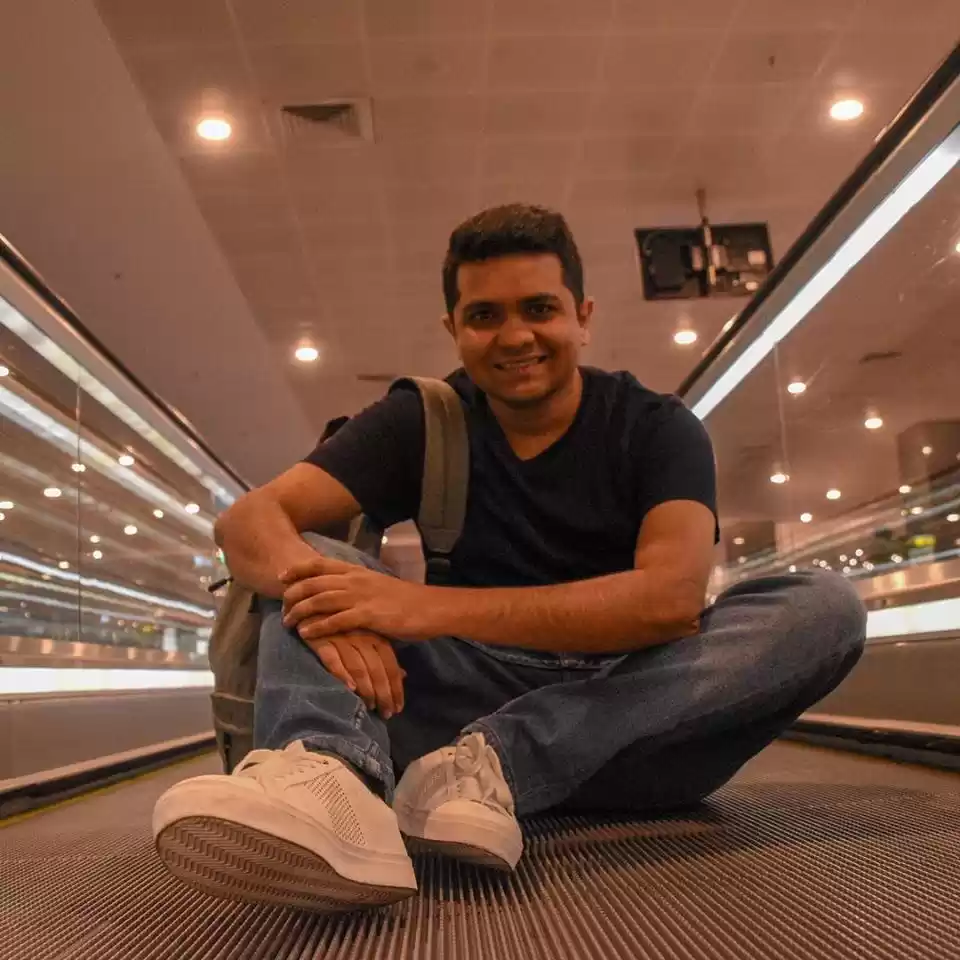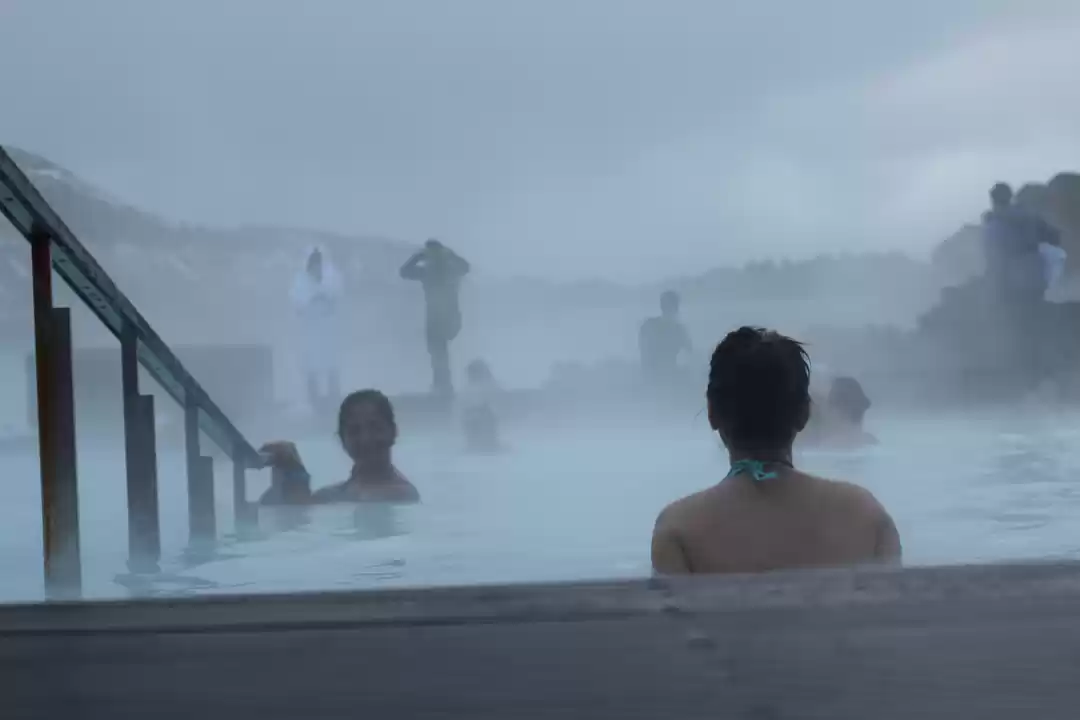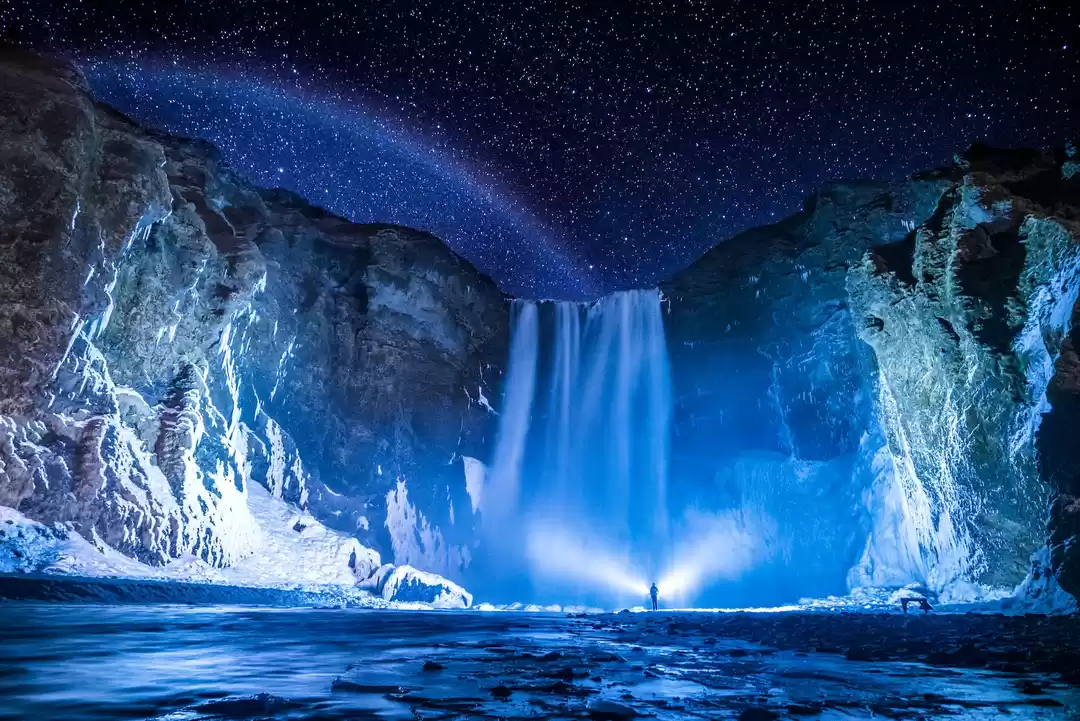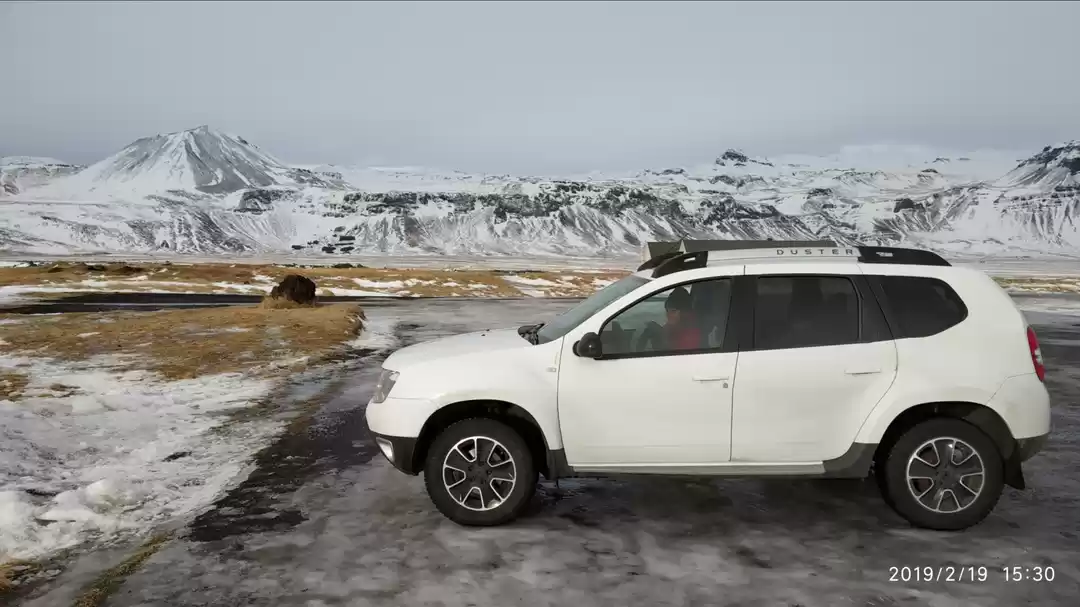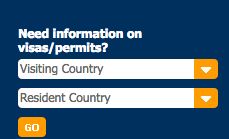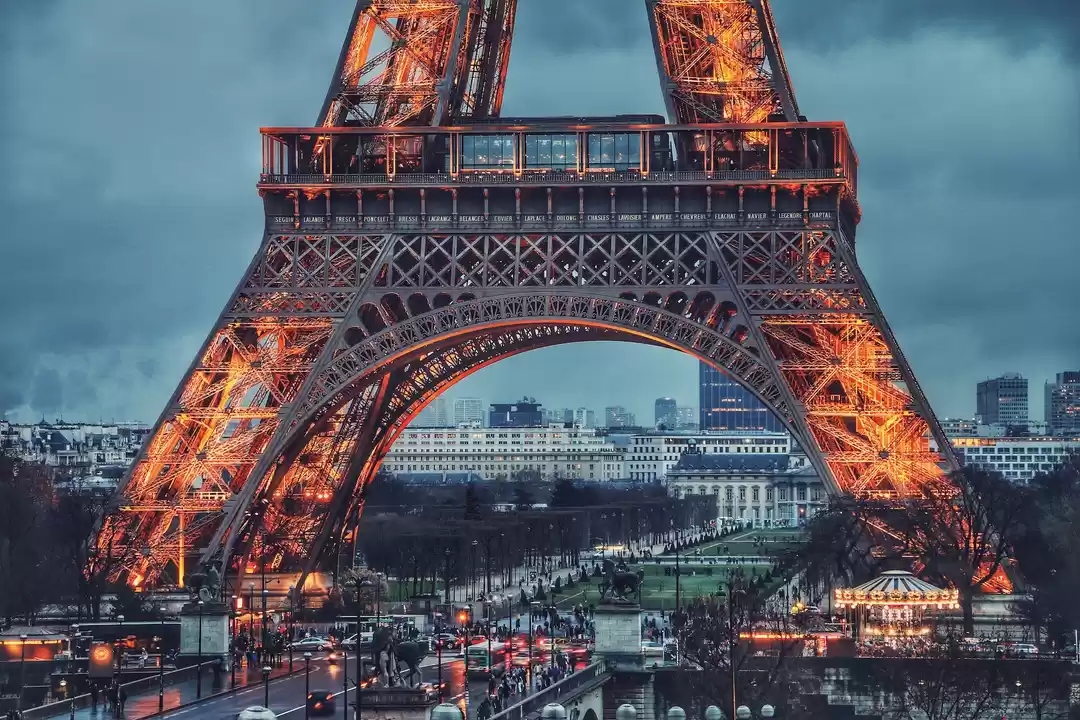Travelling to a new place for the first time needs some essential preparation, especially if you want to utilize your time and money well while travelling. Iceland, as a travel destination is not an easy one. Here are the few essential, if you are planning a trip around the Iceland during summers.
Travel Documents, Bookings & Currency
Iceland is a part of Schengen; thus a Schengen visa is a valid document to enter the country. In a lot of countries, Iceland doesn't have their own consulate, in those places visa for Iceland is processed by other member countries of Schengen region. In India, visa for Iceland is processed by Danish Embassy in Delhi. Visa application process is managed by VFS in New Delhi, Kolkata, Mumbai, Chennai and Bengaluru. Details of the process can be found here and here.
In my personal experience and what I read while waiting for my visa, Danish embassy can take a lot of time to process the request - so make sure you are applying well in time, in my opinion about 6 weeks before the travel date.
During the short summer which Iceland witnesses, it is a sought after travel destination. It is highly recommended to book air tickets well in advance. If you are flying from India, you are very likely to take a connecting flight. In that case, take care of two things - fly through a Schengen to avoid requirement for a separate transit visa. Also, if your connecting flight in to Iceland is a low cost flyer, check on their baggage policy clearly, you might have to buy check in luggage option. Keep a note of another thing, the international airport at Keflavik is about 50 km from the capital city of Reykjavik.
The currency of Iceland is Króna (ISK) but Euro is also widely accepted. Almost everywhere in Iceland they accept payment through card, in fact in most places it is preferred mode of transaction.
What to take along?
Even in the summers, Iceland can be considerably cold specially for Indian liking. Although you are likely to face temperature ranging from 5°C to 13°C, the wind and rain makes it feel colder. For the better part of travel, you will find yourself walking in big open terrain, along the hills, glaciers and waterfalls. Make sure you go prepare for all of this. It is extremely essential to pack hooded jackets which can double up for wind cheater and rain protectors. All weather shoes are also a good idea. Try avoiding bulky thick jackets and instead opt for warm but light weight clothes. Accessories like gloves, glasses, ear caps will serve you well. The whole country is very picturesque, so must carry a very good camera. It is going to be cold and you will find yourself out their braving the weather a lot more than you have expected. It will be good if you carry medicines for common cold, headache etc. The country is quite expensive, especially from Indian perspective, so it is recommended to carry as many your essential needs as you can.
Now, depending on what kind of journey you are looking for you may take a whole lot other stuff. We did a camping trip so it required us a lot of equipment. Fortunately for us they are readily available at reasonable rent. All we took along with us for camping was ready to cook food (a lot of Maggi and WaiWai) and our sleeping bags. We booked camping equipment from Iceland Camping Equipment Rental and our list included - camp tents, inflating mattresses, cooking utensils, cooking stove, car inverter, portable car wifi and a GoPro. You can book the stuff you need online and then pick it up whenever you get to Reykjavik. In case, you are planning to stay in hotels, hostel or homestays, these all are not required.
How to Travel in Iceland?
In Iceland, Route 1 or Ring Road is the lifeline of the country. Most of the cities and destination lie along this road. Route 1 runs along the whole circumference of Iceland.
Most common way to go travelling Iceland is to rent a self-driven car and drive along the route 1. It is easy to rent them, all required is a driving license and credit card. Right at the Keflavik airport there are quite a few car rentals. While it is recommended to rent a 4WD and which we did, during our travel we did not really feel a need for it except for a few patches it was good to have but could have also done without. The car also comes with accessories like wifi, overhead luggage box, inverter and GPS etc. for which they charge a little extra. There are a lot of insurances which they recommend you to buy and I believe you will do good to buy them. We booked a Mitsubishi Pajero 4WD from Blue Car Rental. Booking online in advance is recommended. They also give option to rent a driver. In the choice of cars, campers are also a very common choice if you have number of people to fit in while using it as a camp.
A lot of people also chose to cycle around the country and that is also a picking up way of travelling in Iceland. Alternatively, there are hop on hop off buses and direct buses available for and from all major tourist attractions and cities. The frequency is fine but it does take away the freedom of travelling at will and soaking in the beauty of country at many stops one can make while driving on own.
If you chose to drive in Iceland, acquaint yourself well with the driving rules there. Driving with Elfis is a good way to learn.
Where to Stay?
Like any famous destination, Iceland is also dotted with numbers of hotels, hostels and homestays along the most taken ring road. All the major cities have multiple choice for hotels and hostels, and the countryside also offers conveniently available homestays. But, these accommodation tends to be very expensive. So, during the summer a lot of travellers, travelling on a budget chose to stay in camps.
Iceland has a lot of campsites across the landscape of the country. Most of them are very well equipped with toilet and kitchen facilities, and are at really exotic locations where finding a hotel accommodation is unlikely. These campsites are open only during the summer from mid-May to mid-August.
One can by a camping card in advance which provides access to over 30 campsites in the country. While the stay is covered for a month for a couple and two children per camping card, in our experience it is economical only if you are taking a trip for more than 10 days at least. It also ties down the traveller to only those campsites which is covered under this program. We opted to not buy this card and it turned out a good decision for us for our trip of nine nights. An easy way to find campsites in island is to find them through Tjalda website.
Campsite which I highly recommend to stay at are Skaftafell Campsite and Myvatn Campsite by the lake.
I have travelled Iceland during the summer (second half of July), so most of the information corroborates to around that time. If you have any query or need any help on travelling in Iceland, ping me!
Wish you a good and safe journey!
This blog was originally published on 'Neelendra Nath'















